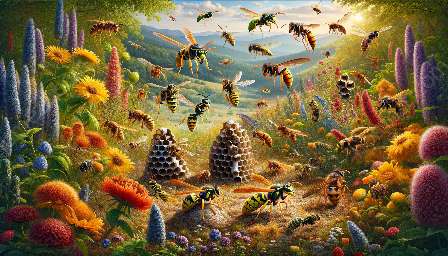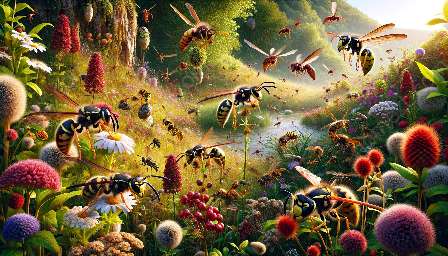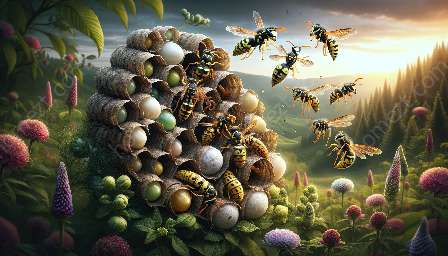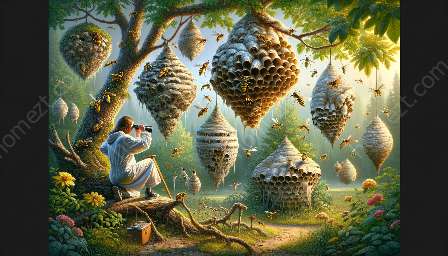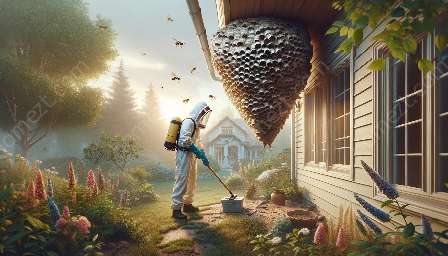When it comes to the diverse world of insects, few are as intriguing or misunderstood as wasps. These winged creatures have a fascinating array of behaviors that make them both a subject of wonder and concern. Understanding wasp behavior is essential in determining how to effectively control them, especially in the context of pest management.
The Social Structure of Wasps
Unlike bees, whose colonies are perennial, wasps have a more temporary social structure. Most species of wasps are social, living in colonies that only last for a single season. These colonies are typically led by a dominant queen, which lays eggs and dictates the behavior of the colony. The other members of the colony, known as workers, take care of foraging, nest-building, and caring for the offspring.
Nesting Behavior
Wasp nests come in a variety of shapes and sizes, depending on the species. Some build elaborate paper nests, while others create underground burrows. Understanding the nesting behavior of different wasp species is crucial for effective pest control, as it helps in identifying and eliminating nests in and around human-inhabited areas.
Foraging Behavior
Wasps are omnivorous and play a vital role in controlling pest populations by preying on a variety of insects. Their foraging behavior includes hunting for caterpillars, flies, and other insects to feed to their larvae. However, certain species of wasps can also be attracted to human food and become a nuisance, especially in outdoor settings. Understanding their foraging behavior is important in implementing effective pest control strategies.
Defensive Behavior
When threatened, wasps can be highly aggressive and will defend their nests vigorously. Their stingers contain venom that can cause painful stings in humans, making them a significant concern for pest control. Proper understanding of their defensive behavior is crucial in safely removing nests and minimizing the risk of stings to humans and pets.
Wasp Behavior and Pest Control
Given the capacity of some wasp species to sting and pose a threat to human health, effective pest control measures are often necessary to manage their populations, especially in areas where human-wasp interactions are common. Pest control companies employ various methods to address wasp infestations, including locating and removing nests, using insecticides, and employing preventive measures to deter nesting.
Preventive Pest Control Measures
Understanding wasp behavior is essential in developing preventive pest control measures. By knowing the nesting, foraging, and defensive behaviors of wasps, targeted strategies can be implemented to reduce the likelihood of infestations. This may include sealing entry points, minimizing attractive food sources, and utilizing repellents to discourage nesting.
Eco-Friendly Pest Control
In recent years, there has been a growing emphasis on eco-friendly pest control methods. Understanding wasp behavior plays a critical role in the development and implementation of environmentally sustainable pest control techniques. This includes the use of natural deterrents, biological control agents, and non-toxic repellents to manage wasp populations without causing harm to the environment.
Conclusion
Exploring the behavior of wasps not only offers a fascinating insight into the natural world but also provides valuable knowledge for effective pest control. By understanding their social structure, nesting, foraging, and defensive behaviors, informed decisions can be made to manage wasp populations and minimize their impact on human activities. Whether it's through traditional or eco-friendly methods, the ultimate goal remains the same - to strike a balance that respects the valuable role of wasps in the ecosystem while ensuring the safety and well-being of human populations.

